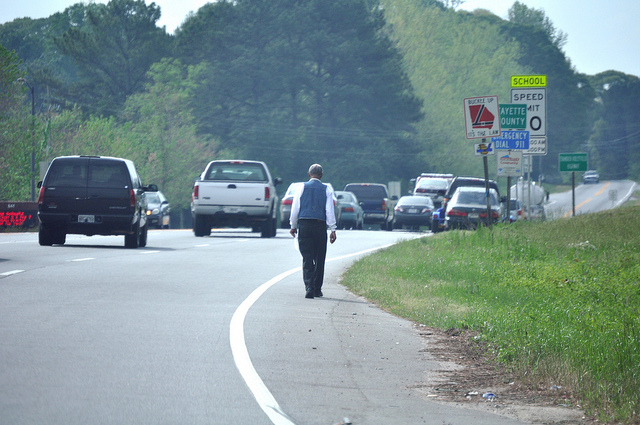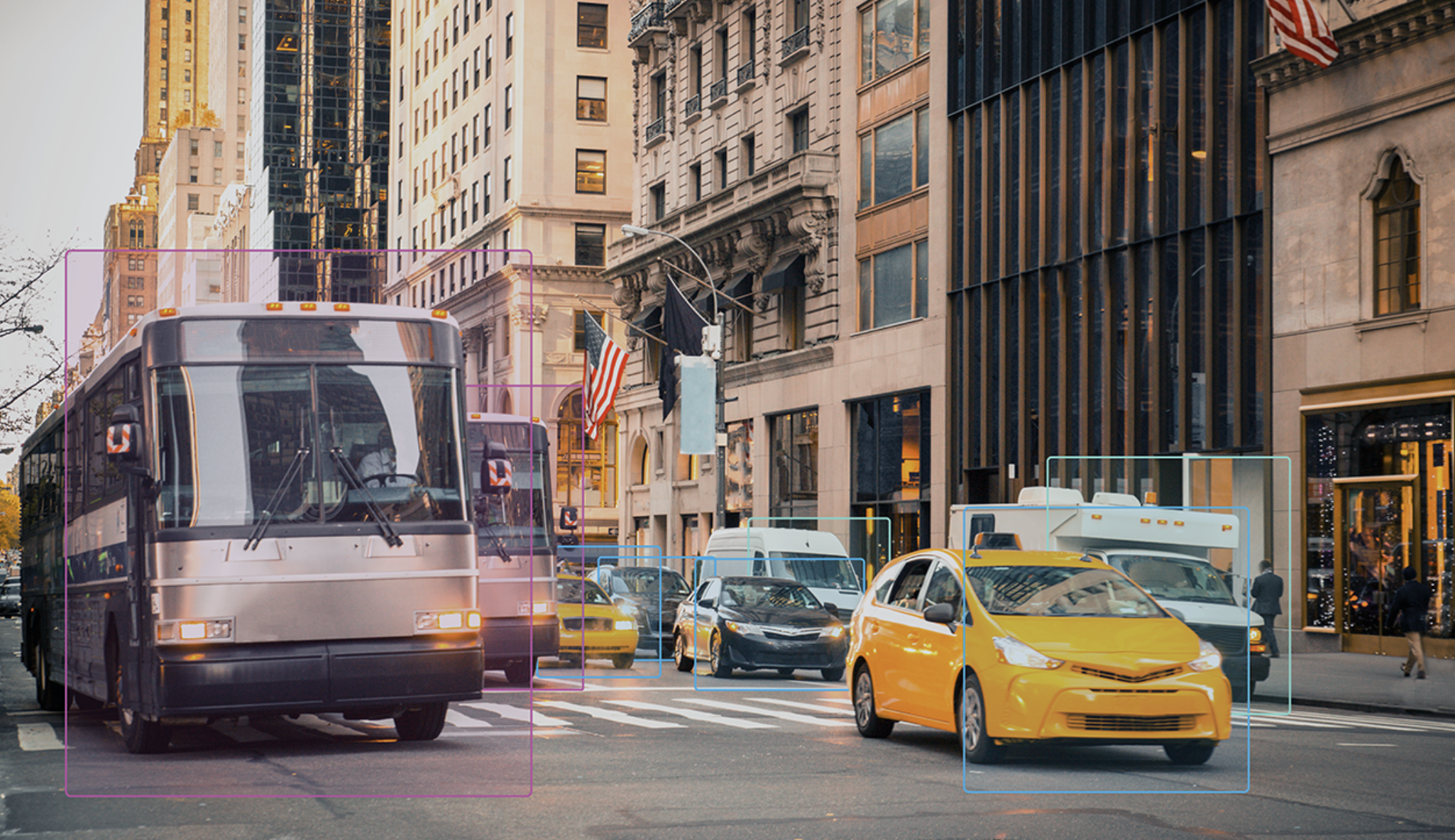Cars need better headlights. Cars need to be better designed. Cars need less space.
These are some of the recommendations from the National Transportation Safety Board after examining the 50-percent spike in pedestrian crashes since 2009.
It's the agency's first serious examination of pedestrian deaths in two decades.
The full report isn't out yet, but a summary [PDF] offers 11 recommendations for the CDC, the Federal Highway Administration and the National Highway Transportation Safety Administration, such as:
#1. States must pay more attention and provide more money to pedestrian planning
A 10-year-old Federal Highway Administration program that improves pedestrian safety should be expanded nationally — and better funded, the NTSB says. "States and cities would benefit from resources, tools, and funding support to develop and implement effective plans."
These pedestrian safety action plans would cost peanuts compared to the billions states pour into highway infrastructure. Massachusetts is ahead of this particular curve, but the federal government isn't doing its part.
#2. Better headlights
The Insurance Institute for Highway Safety has been shining a light on dim headlights for years, and now NTSB's investigation confirms the problem. Three quarters of pedestrian fatalities occur at night and any suburban areas do not have adequate street lighting, so NTSB wants headlights to be brighter. NTSB is also calling for the feds to undo regulations that bar some higher-tech headlights such as ones that automatically adjust to the light conditions.
#3. Better data on pedestrian activity and crashes
NTSB says it is difficult to study pedestrian crashes and injuries because of gaps in the federal data, which should include a "complete range of crash types" so state officials can target resources where they are most needed. For example, the National Highway Transportation Safety Administration should work with the Centers for Disease Control to combine the crash data with injury data so planners can get a clearer picture of the problem.
#4. Potentially redesigning the front end of cars
Finally, the agency recommends exploring changes to the body of vehicles aimed at "incorporating pedestrian safety into hood and bumper designs." High-riding SUVs have become a much bigger part of the U.S. vehicle fleet over the last decade. And studies have shown they are much more deadly for pedestrians — two or three times on average — in part because they hit pedestrians higher on the body and may push them under the wheels instead of onto the hood.
NTSB recommends better testing of auto design, which could lead to safer vehicle shape. These kinds of measures have already been implemented in Europe.
In addition, the Obama Administration in 2016 recommended federal safety regulators at least establish safety rankings for vehicles based on pedestrian impacts. But the Trump Administration has refused, following pushback from automakers, as the Detroit Free Press reported as part of a package of stellar stories on the subject. NTSB, in its report, again recommends that the pedestrian safety ranking proceed.
"The public would benefit from knowing that the model vehicle they are considering for purchase has pedestrian-safe design characteristics, and their choices could in turn affect the implementation of pedestrian safety systems in new car designs," the organization wrote.
Some foreign automakers, like Toyota, have been receptive to the pedestrian safety rankings, the Free Press reports.






